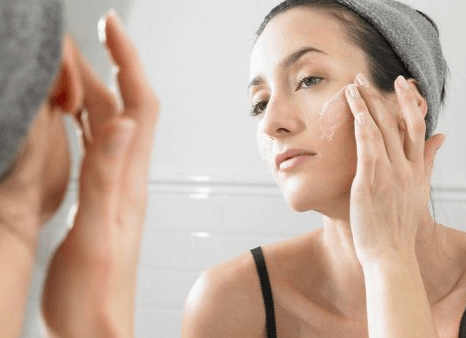
Clindamycin is an antibiotic, and it is used to treat acne. Although it has several other uses such as treating malaria. But it is more popular for treating acne; this is especially for inflammatory and infected acne breakouts. Clindamycin is quite popular because several types of research have supported its use for acne and it does not worsen acne breakouts.
Table of Contents
What is Clindamycin?

Clindamycin is an antibiotic, and it is used to kill bacteria that are clogged to the pores of the skin. Hence it is a proper tool to prevent acne that can develop on the skin.
How does Clindamycin work?
It works by killing the bacteria that will cause acne breakouts in the face. A dermatologist usually prescribes it to persons that have cystic acne. These bacteria can also make the acne to stop spreading to nearby pores on the skin.

Clindamycin on its own does not prevent acne; hence it is usually prescribed with another form of acne prevention products. Another major reason for this is the fact that it does not affect body sebum production.
Does Clindamycin treat acne?
YES. Clindamycin will help to treat acne. It has been tested and shown to have a proper effect on acne treatment. Several of the studies done with Clindamycin were done with other acne preventing products. Some of these products are tretinoin and isotretinoin.
The combination of clindamycin and benzoyl peroxide has also seen to have better effects than each of these products used alone. This further shows that Clindamycin is most effective when it is used combined with other topical products for acne prevention and control.
Is Clindamycin safe?

This drug has been researched and well-studied. It has been seen to be safe and has a very low rate of side effects. Whether used topically or orally Clindamycin is known to have very few side effects; it is also less likely to cause diarrhea.
One of the side effects of Clindamycin is dry skin and several skin irritations. These side effects are usually mild and can easily be addressed.
Clindamycin is seen as a category B drug because it risks pregnancy. It doesn’t have enough research for pregnant women. Hence before you use Clindamycin to treat acne and you are pregnant, you should talk to your doctor.
How to use Clindamycin?
It is quite simple to use. You should follow your doctor’s instructions when you are using Clindamycin either as a topical agent or orally. Before you apply it to acne part of your skin, ensure you wash the area thoroughly with soap and water. Dry the skin with a towel and ensure that the soap is washed off before you apply the clindamycin cream.

As soon as you are done applying, ensure that you wash your hands properly, so you don’t have any part of the cream on your hands. Also, when you are done applying clindamycin cream, you should not apply any skincare product till two hours later.
Conclusion
Clindamycin is one of the several topical agents used to treat acne. It is a strong antibiotic, and it is quite powerful in fighting infection and acne that are inflammatory. For Clindamycin to work perfectly, you will have to use it with other acne clearing products.
Frequently Asked Questions
Is Clindamycin good for acne?
The NIH has stated that Clindamycin, when taken either orally and topically, can help you put your acne under control.
How long should you use Clindamycin for acne?
Clindamycin works just fine as soon as you start to apply it. However, it does not produce results immediately. It takes about six to twelve weeks to observe any improvement after using Clindamycin consistently.
Why is Clindamycin used for acne?
Clindamycin is an antibiotic; it works by slowing and stopping the growth of bacteria that can cause acne. It also helps to decrease swelling.
Do I wash off Clindamycin?
No. Clindamycin is okay applied on the skin. When you apply it, it doesn’t leave any white matter on the face. You can leave it on your face till your next bathe.

